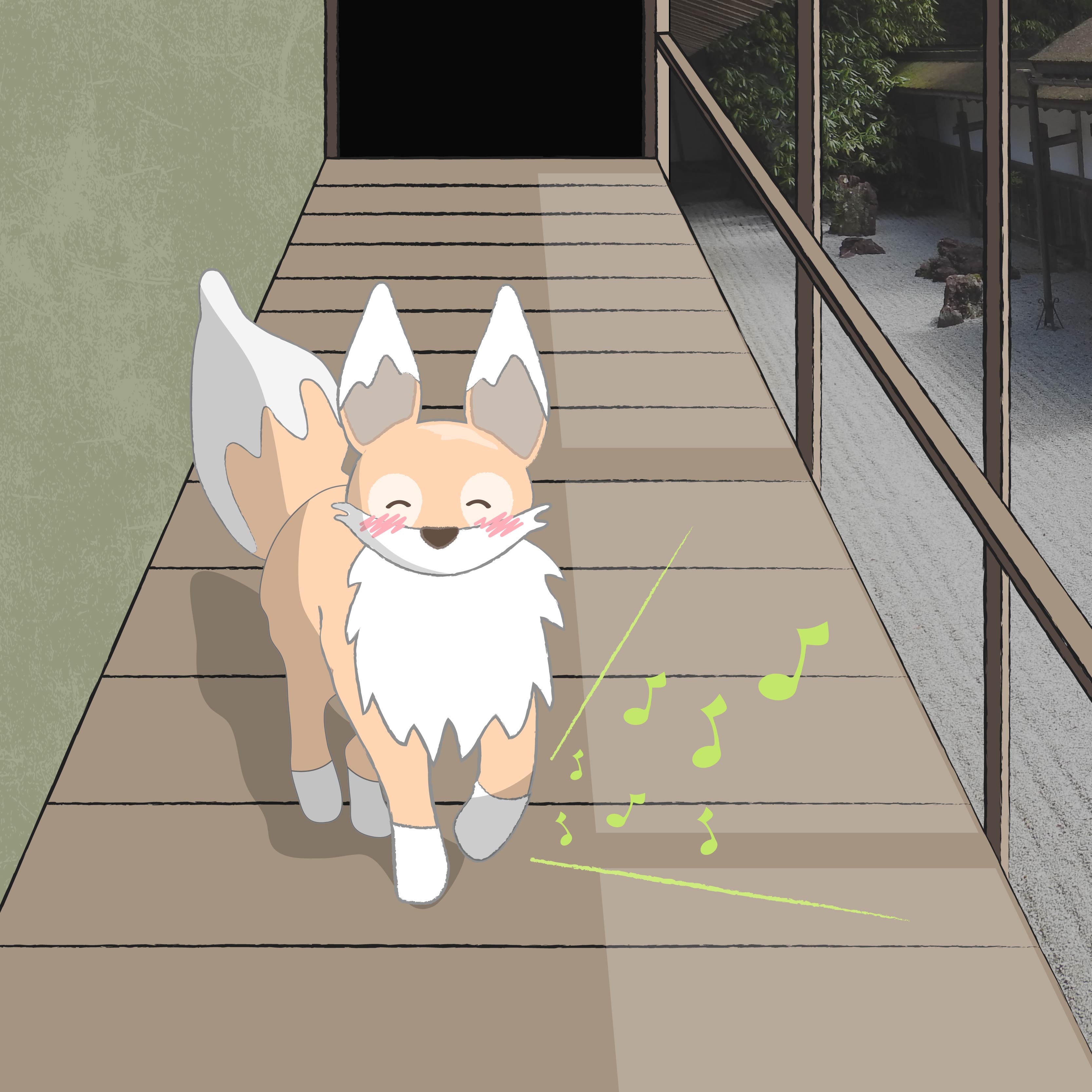On the 9th February, when Kiku looked at the kitchen calendar there was a strange word written down the page in katakana, sounding like ho-hokekyo…

After puzzling on it for some time, when Boss Panda came into the kitchen, the little fox asked what this strange new Japanese word was. “It is the sound made by the Japanese Bush Warbler, known here as an Uguisu”, explained the old bear, “a bird very familiar to the Japanese, the males start singing in the lowland areas where they winter from February onwards (although we often don’t hear them properly until later in spring). It is one of the best sounds, and tells us all that warmer weather is on its way. The seasonal almanac says that the next five days is when the bush warbler begins to sing, and maybe that is why it is also often associated with the early flowering ume (plum) blossom, with which it appears on the February suit of hanafuda playing cards.

Kiku remembered that he had read that some buildings in Japan had something called an ‘uguisubari’ (鴬張り) often translated as ‘nightingale floor’ in English. “They don’t keep birds under the floorboards do they?” he asked with a frown. Boss Panda gave a loud laugh. “No little one, the name is given because they are specially designed wooden floors that make loud squeaking sounds on purpose, and when you walk along them it sounds similar to birds chirping. But they were made to warn the occupants if anyone was trying to sneak along the corridors.

Kiku was always happy to find there was a food associated with one of the seasons, and was delighted to find later that day Mama Kōjin preparing delicious ‘uguisu mochi’ – mochi confections filled with bean paste and coated in green soy flour, pinched at each end.


